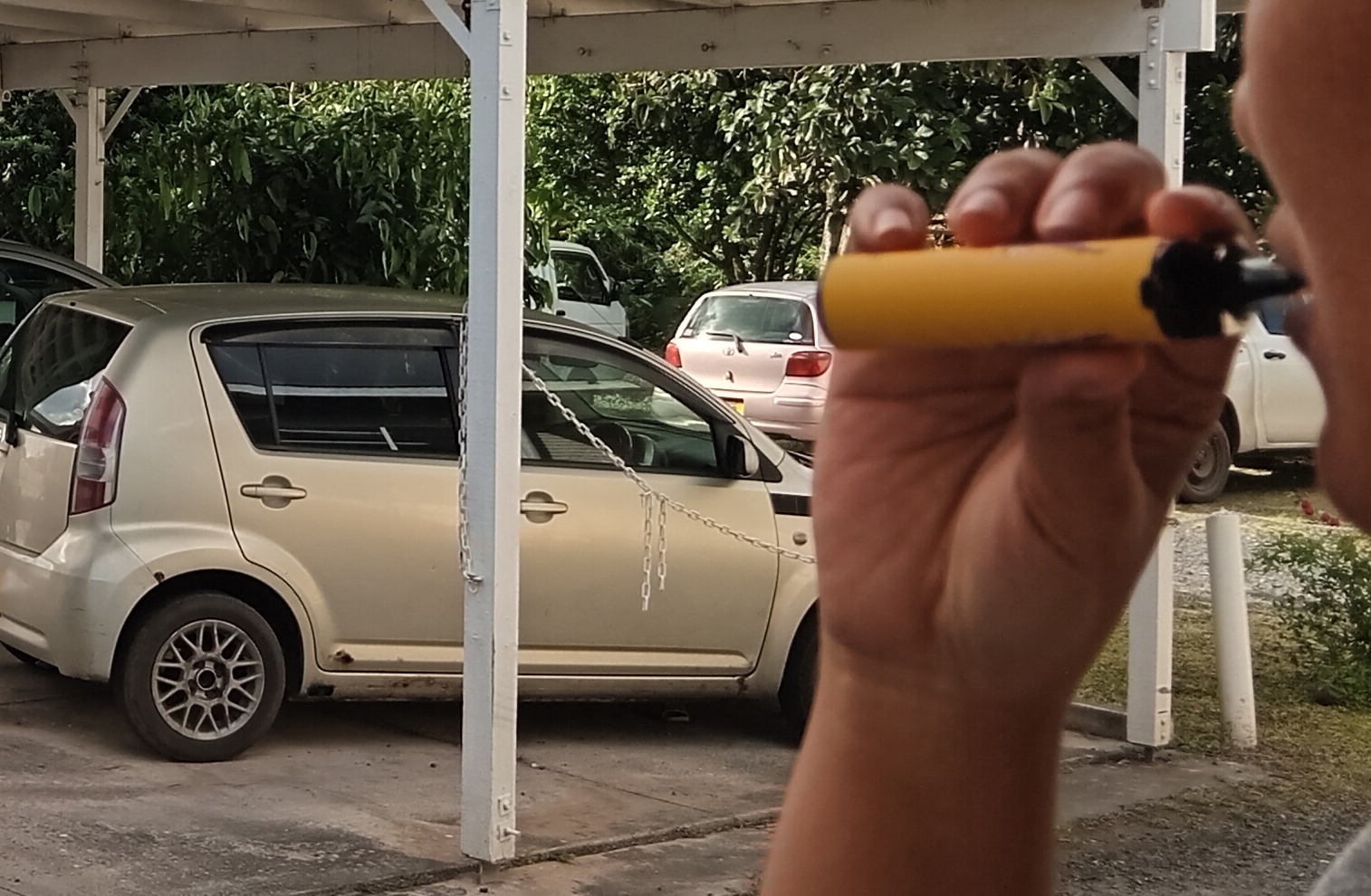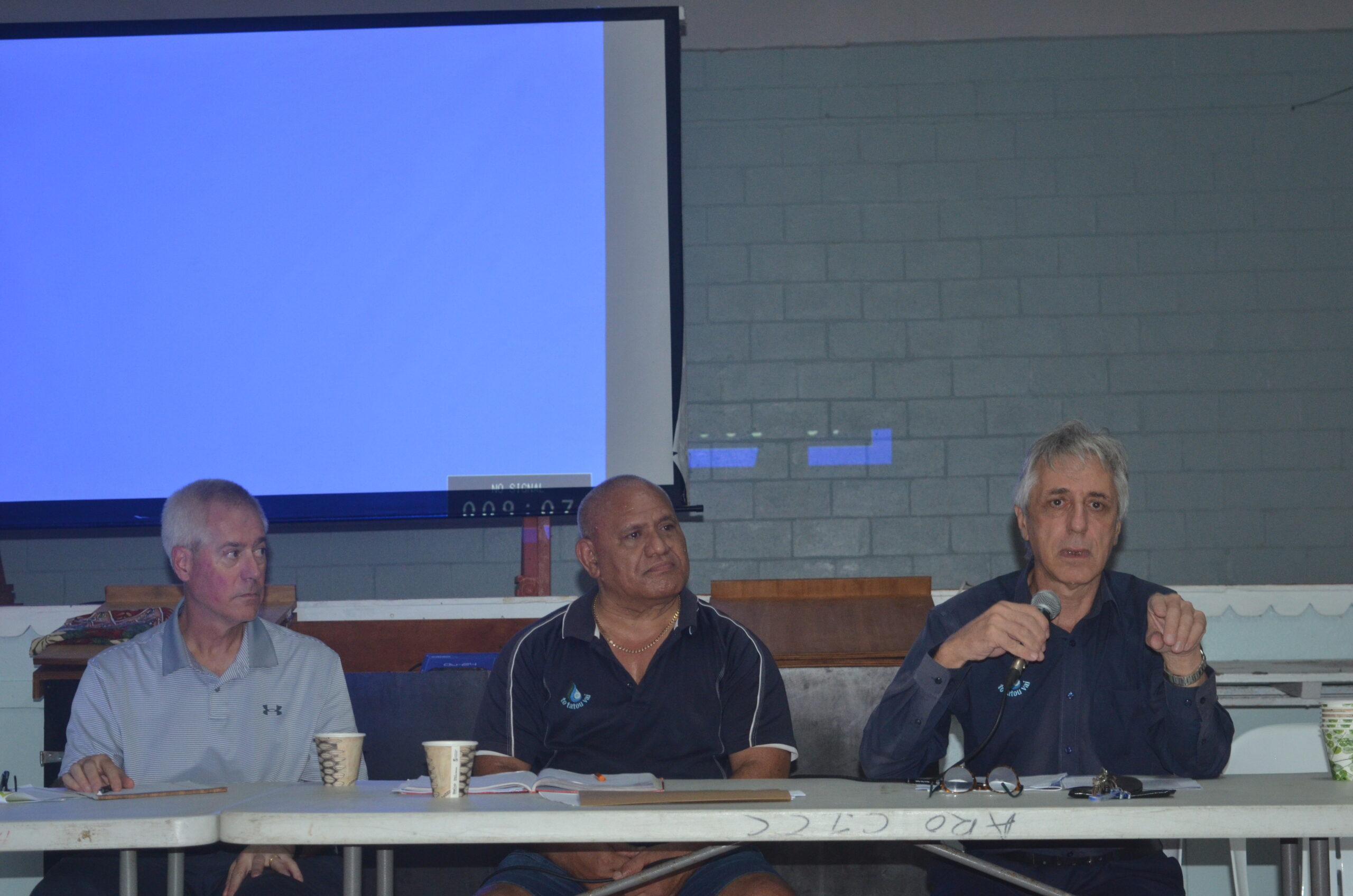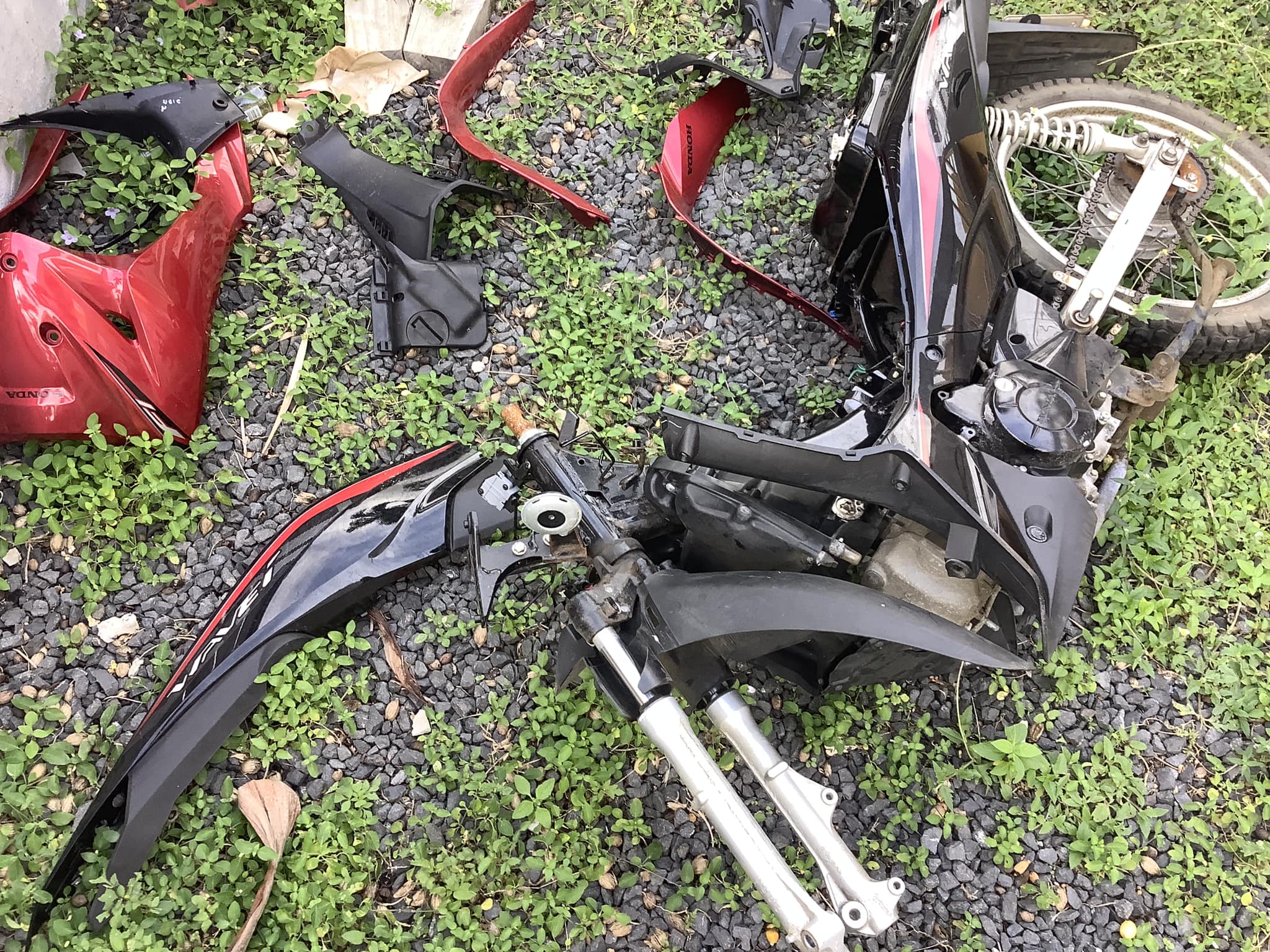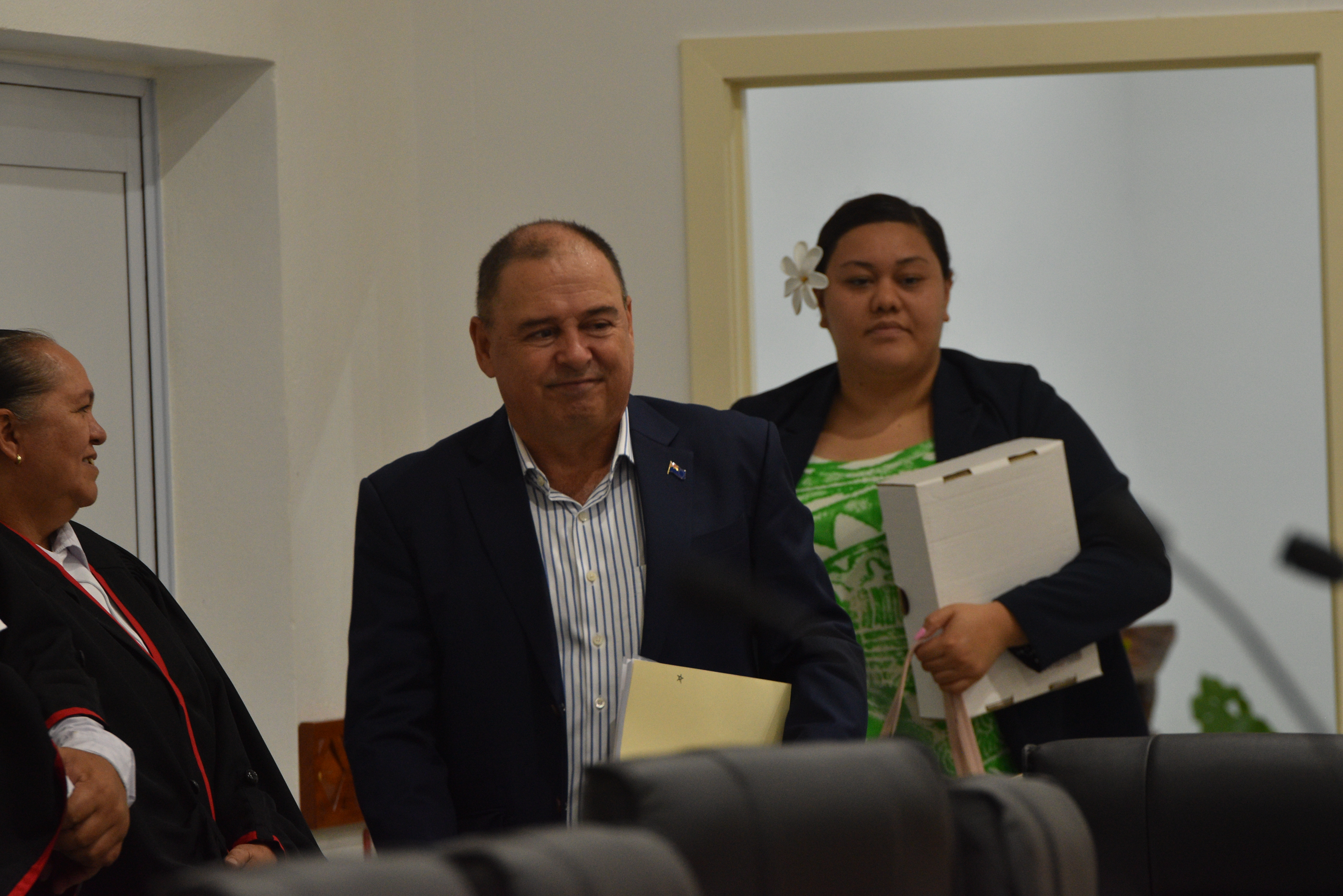‘I didn’t work for the money, I worked for the country’
Saturday 26 February 2022 | Written by Al Williams | Published in Features, In Depth
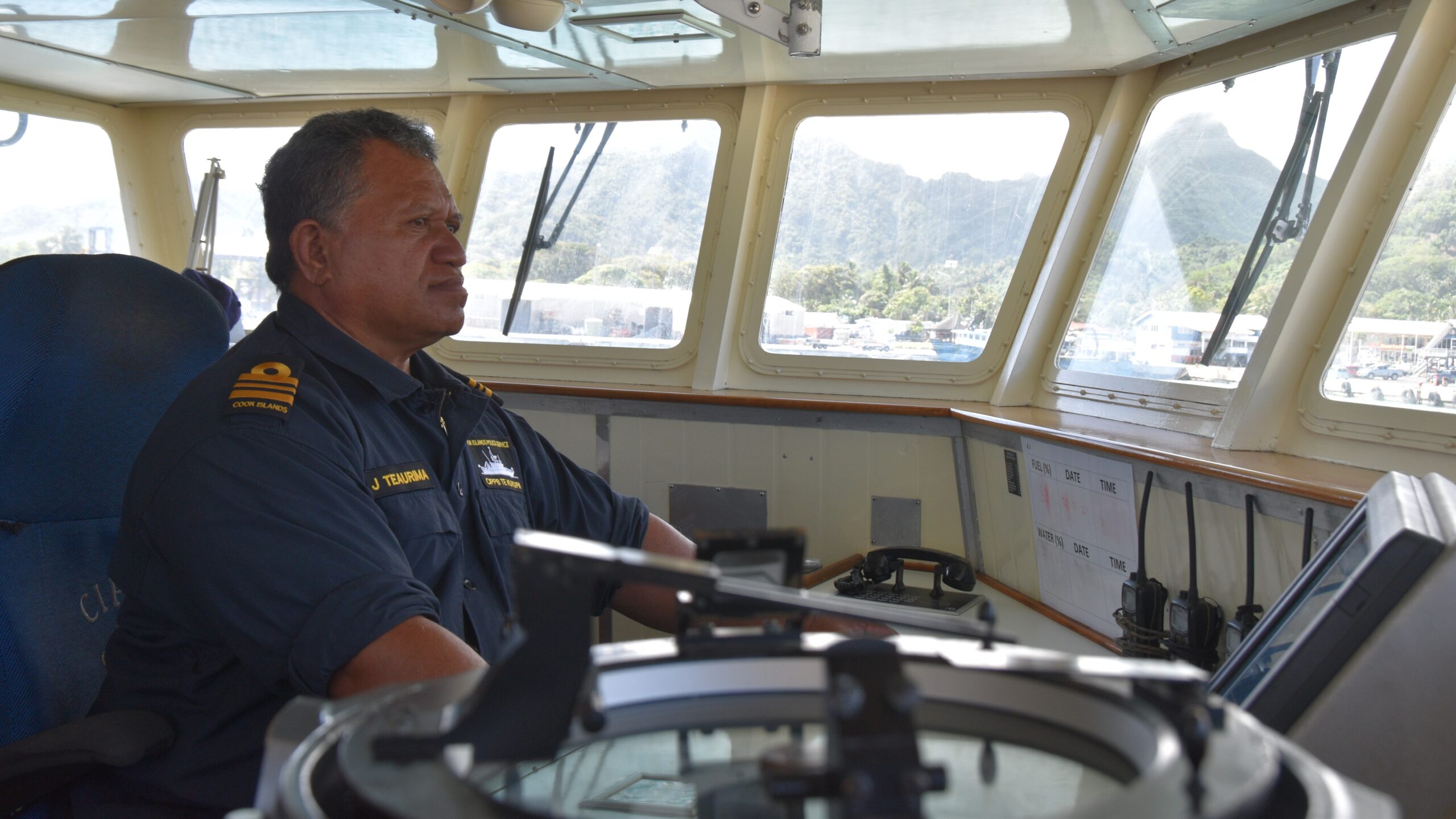
John Teaurima takes his seat on the bridge aboard Te Kukupa. PHOTO: AL WILLIAMS/22022503
John Teaurima has been with Te Kukupa since 1988 and is preparing for her voyage of return to Australia. �
At the age of 16, John Teaurima left his home island of Mangaia on the MV Mataora to Rarotonga.
More than 40- years later - Police Senior Sergeant Teaurima is still on the waves - the longest-serving crew member of the police patrol boat, Te Kukupa.
He left school in 1983 and joined the police force in 1984.
“The police then, was not like it is today, it is now more advanced in some areas, there is more technology and more training,” he says.
“I did basic police work, I spent most of my life in the frontline.”
He briefly moved to the traffic division in 1986.
Teaurima continued to climb the ranks as applications went out for a crew on the new police patrol boat to be donated by the Australian government in 1988.
He was accepted and began training at the Navy base in Devonport, New Zealand for four weeks.
“I had never thought about working on a boat, I had travelled on boats from the outer islands and I got sea sick.”
Teaurima says his new working environment was tough.
“I never thought about training in a Navy environment, it was tougher than police training.”
He spent a couple of years as a deckhand, learning the ropes, maintenance and rescue exercises.
There were search and rescue missions, and there were support systems in place for crew, he says.
Teaurima continued climbing the ranks, making chief bosun.
“It was about making sure the crew were with the programme in terms of training and monitoring.
“I saw a lot of people come and go.”
They trained with other Pacific nations including Tonga, Fiji, Kiribati and Samoa.
There were other challenges in having to balance family commitments with long periods away at sea.
“I didn’t work for the money, I worked for the country, I love my job and there were a lot of challenges.

“Leaving behind your family, especially in times of emergencies can be tough.”
Teaurima studied in Australia and became a navigator before joining the crew as an executive officer.
“As an executive officer you have to plan daily programmes, most of it is planning our work.”
The study continued as he made the rank of commanding officer, and is now second in charge of the ship.
“There have been improvements in discipline and attitude over the years,” Teaurima says.
“Our crew has to be honest and have patience.”
Teaurima will be among the crew of 20 who will sail Te Kukupa to New Zealand on Wednesday where they will stop to refuel before sailing on to Australia where she will be disposed of.
They will then spend at least three months training in Perth after taking possession of her replacement Te Kukupa II in April.
“It’s quite a drawn out programme, there will be a lot of training and introduction to operations.”
Following the handover of Te Kukupa II to the Cook Islands government in April, the crew will move on to the ship and undertake sea worthiness training.
At the end of the exercise the ship and crew will be assessed by Australian defence forces.
“There is a sense of excitement as this is what we have been building towards for the past two years,” Teaurima says.
Te Kukupa II is estimated to be welcomed to Rarotonga, around 21 June 2022.
The vessel is 39.5 metres (129 ft 7 in) long, steel monohull design, capable of travelling 3000 nautical miles (5,600 km; 3,500 mi) at 12 knots (22 km/h; 14 mph), with a maximum speed of 20 knots (37 km/h; 23 mph).
She is designed to berth a complement of 23 crew members and features a stern launching ramp for a pursuit boat.
The vessel’s twin diesel engines can provide 4000 kilowatts (5400 hp).
Teaurima is looking forward to Te Kukupa II.
“I still love the sea,” he says. “Maybe we will learn something different from this new boat.”
“Of all my years on the boat, if you start from basics and make your way up, if you have a goal, you will get there.
“You must also have patience, there will be times when you are tempted to resign, but have patience.”
Teaurima wanted to make special mention of the wives and partners who take care of the children and the homes when the crew is away.
He also gave thanks to Jesus Christ.







